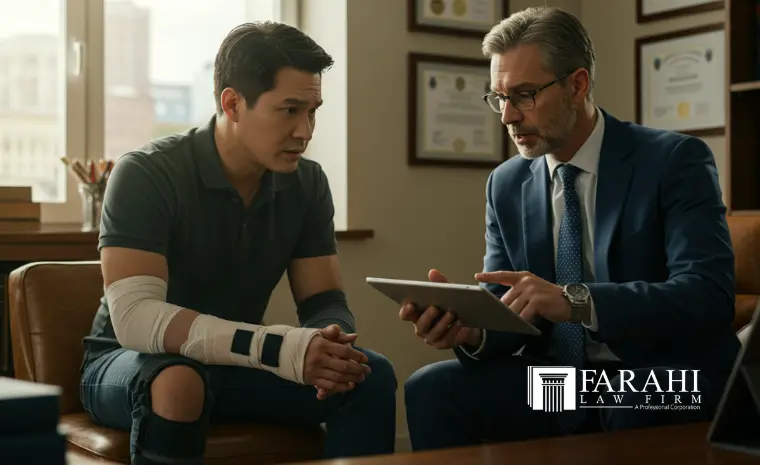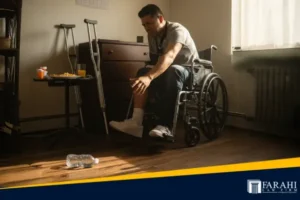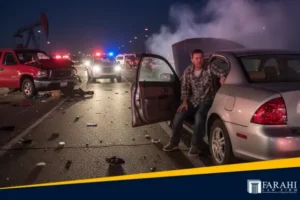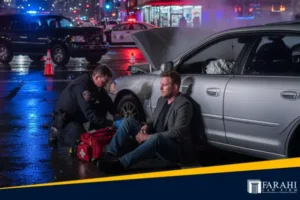Summary
Are you wondering, “Do I have a personal injury case?” after an accident in California? You may have a claim if someone breached a duty of care, caused your injuries, and left you with measurable damages. Learn the signs, evidence, and legal steps to protect your rights.
Table of Contents
You’ve been injured in an accident in Panorama, CA, and you’re asking yourself: Do I have a personal injury case? This is one of the most important questions you can ask after an unexpected incident. The answer depends on factors like negligence, liability, and damages.
In this guide, we’ll walk you through how California law works, what evidence you need, and the steps to take to protect your rights. By the end, you’ll have a clearer picture of where you stand and what actions to consider.
What Is a Personal Injury Case?

A personal injury case arises when an injured party seeks compensation for harm caused by another’s negligence or wrongful act. Under personal injury law, the goal is to make the victim “whole” through financial recovery for economic and non-economic losses.
Some of the most common types include:
- Motor vehicle accidents, such as car and truck accident claims, on busy routes like Roscoe Blvd.
- Motorcycle accidents and pedestrian accidents.
- Slip and fall accidents in public spaces, private properties, local stores, or parking lots.
- Dog bites resulting in medical expenses and emotional distress.
- Wrongful death and wrongful death claims following a fatal incident.
- Catastrophic injury cases, like brain injuries or other serious harm.
- Uber crashes and insurance disputes involving rideshare drivers.
- Property damage linked to motor vehicle collisions.
Key Factors to Determine If You Have a Case
To answer “do I have a personal injury case,” consider:
Duty of care
This means the other person or entity had a legal responsibility to act in a way that would prevent harm. For example, drivers must follow traffic laws, and property owners must keep their premises safe. If this responsibility existed in your situation, it’s the first step toward a valid claim.
Breach of duty
A breach happens when someone fails to meet their legal obligation. This could be a driver running a red light or a store failing to clean up a spill. Proving this failure is essential to show negligence.
Causation
It’s not enough to show that a breach happened; you must connect it directly to your injuries. This means proving that the accident or incident would not have occurred if the other party had acted responsibly. Strong evidence often makes this link clear.
Damages
You must demonstrate that the incident caused real harm, such as lost wages, medical expenses, or pain and suffering. These damages can be physical, emotional, or financial. Documenting them well helps establish the value of your claim.
The Role of Negligence and Liability
Negligence is the backbone of a personal injury claim. Proving it requires showing that:
- The defendant owed you a duty of care.
- They breached that duty.
- This breach led to your injury.
In many personal injuries, accident reconstruction experts are used to determine fault. California law follows a comparative negligence rule, meaning you can still recover damages even if you’re partially at fault.
Why Evidence Matters in Your Claim
Strong evidence increases your chances of winning. Key items include:
- Medical records and medical evaluation reports
- Police report from the incident
- Photos or videos of the scene
- Witness statements
- Documentation of property damage
Keeping records also protects you if the insurance company challenges your claim.
How Damages Are Calculated
Damages typically fall into two categories:
Economic Damages
- Medical expenses
- Lost wages
- Property damage
Non-Economic Damages
- Pain and suffering
- Emotional distress
- Loss of enjoyment of life
In rare cases, punitive damages may apply to punish especially reckless behavior.
When to Contact a Personal Injury Lawyer
You should speak to injury attorneys immediately if:
- You sustained a catastrophic injury
- Liability is unclear
- There’s an ongoing legal issue with insurance disputes
- The statute of limitations deadline is approaching
Having the best personal injury lawyer in Panorama ensures proper legal representation and client confidentiality during the legal process.
Steps to Take If You Believe You Have a Case
If you’re asking, “Do I have a personal injury case?” here’s what to do:
- Get a full medical evaluation
- Collect all evidence, including police reports and receipts
- Avoid giving recorded statements to the insurance company without legal advice
- Contact our personal injury attorney or legal support team in Panorama
- Act quickly to protect your rights under California law
FAQs
Under the statute of limitations, you typically have two years from the date of injury.
Yes. California allows recovery even if you share some fault, though your damages may be reduced.
See a doctor immediately. Some injuries, like brain injury, may not show symptoms right away.
No. Many are resolved through settlement negotiations before trial.
No. Farahi Law Firm accident attorneys work on a contingency basis—no fees unless you win.
The Help You Need, When You Need It Most
Determining “do I have a personal injury case” can be complex, especially when facing medical bills, lost wages, and emotional distress. The best personal injury lawyer in Panorama can assess your situation, handle negotiations with the insurance company, and represent you in court if needed.
If you’ve been injured in a car accident, slip and fall, Uber crash, or any incident in Panorama—near Roscoe Blvd., Van Nuys Blvd., or anywhere in Los Angeles County—Farahi Law Firm offers free consultations.
Call us today for the medical treatment you need and the money you deserve.



